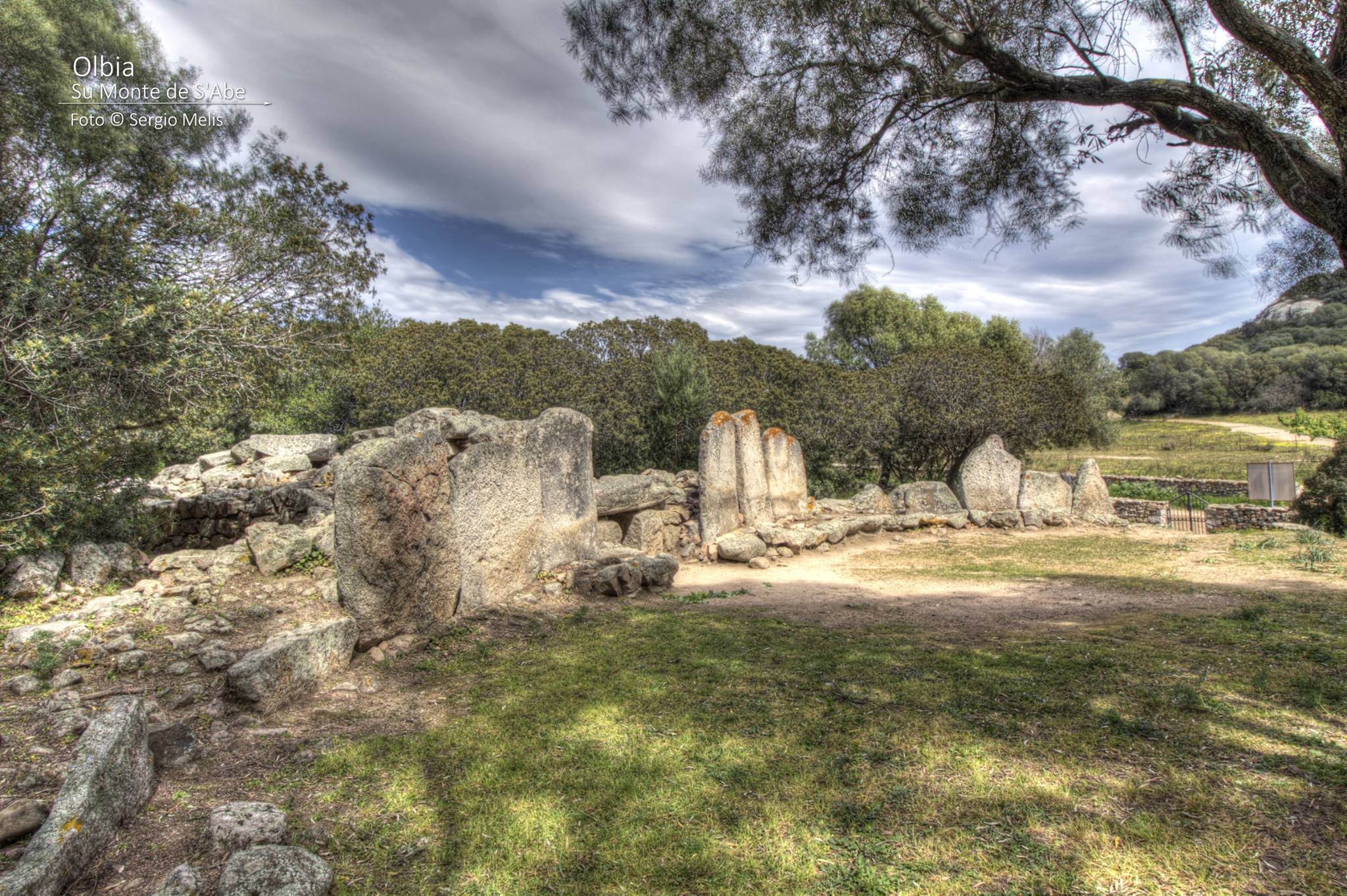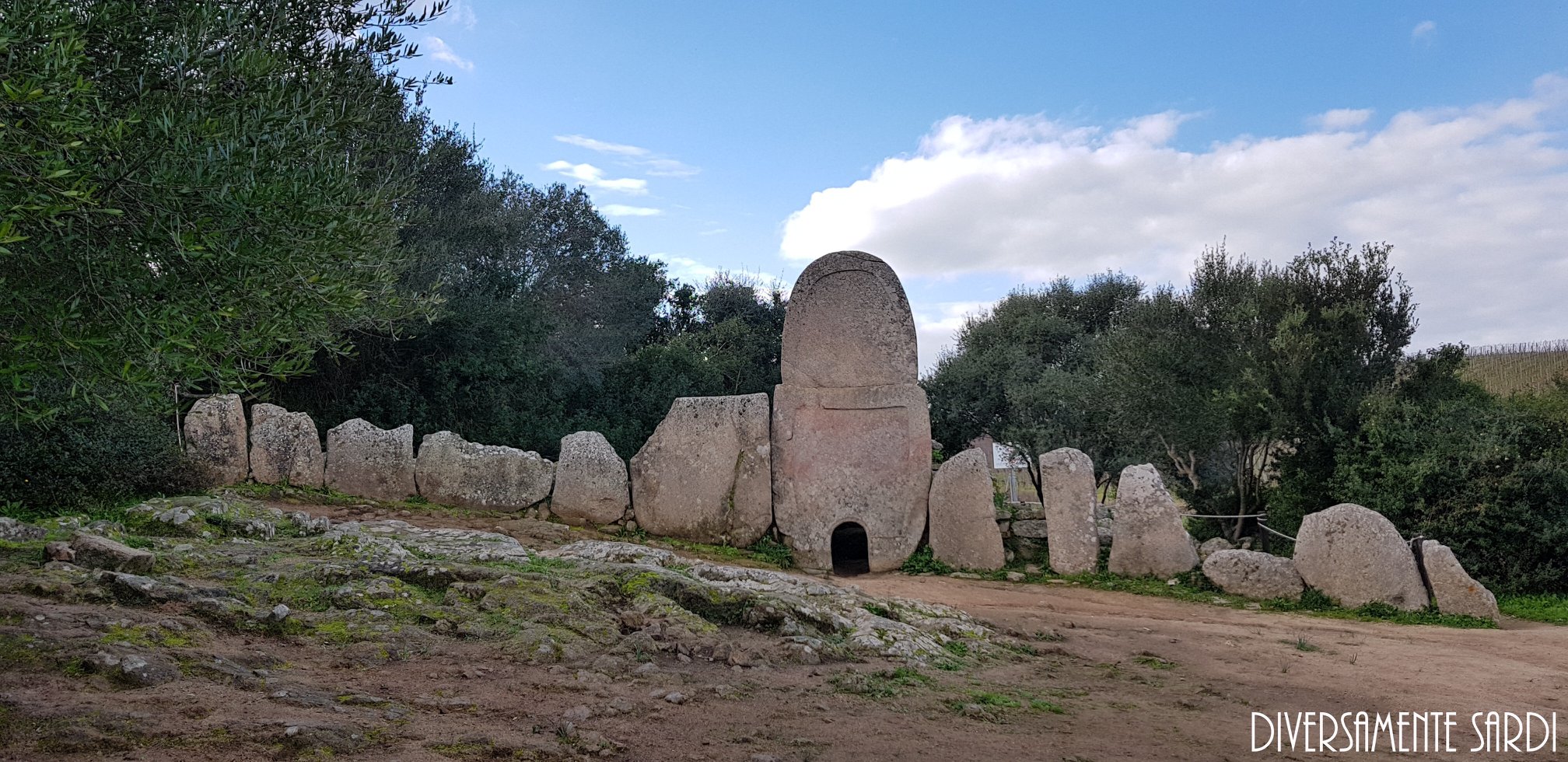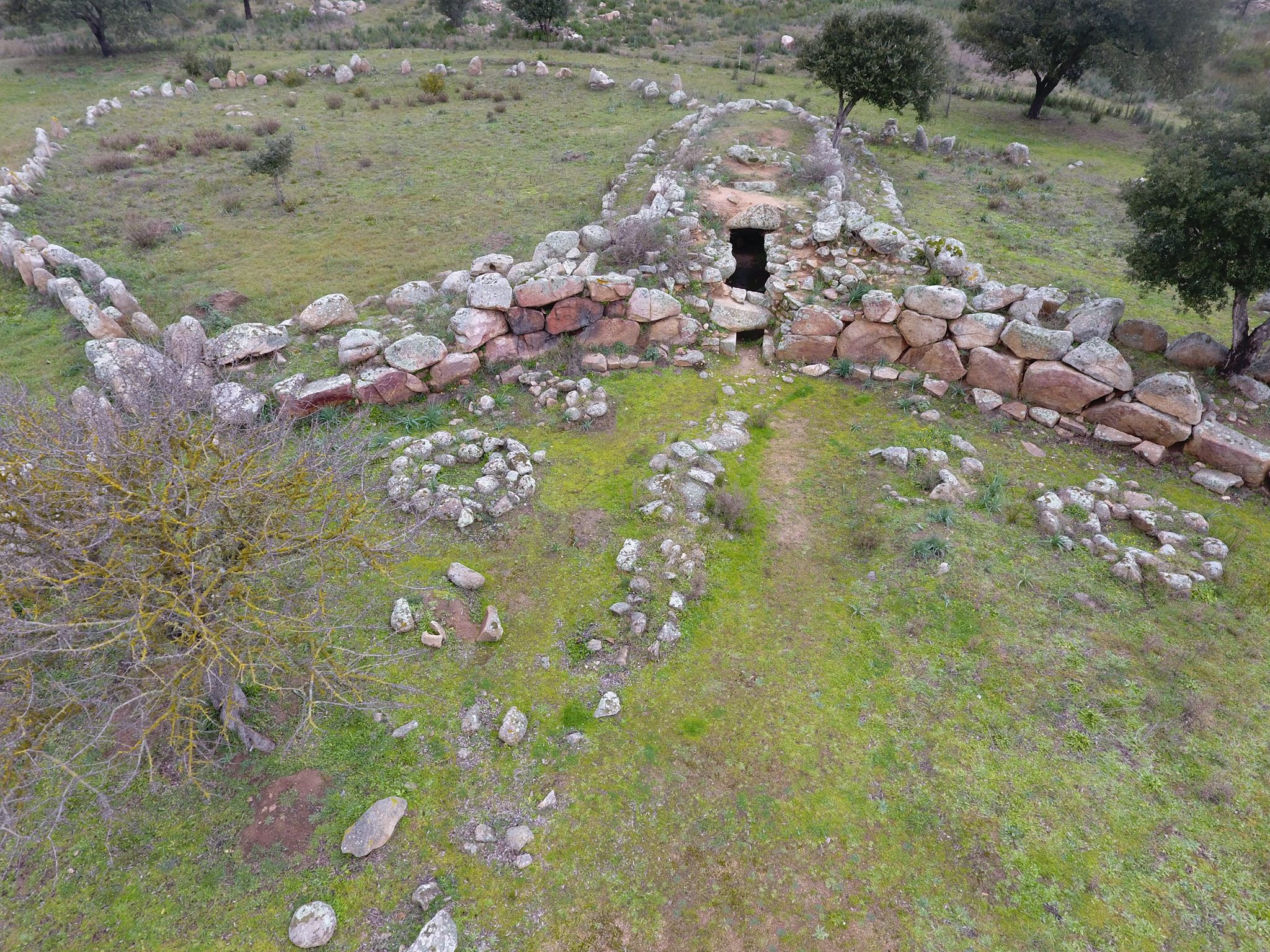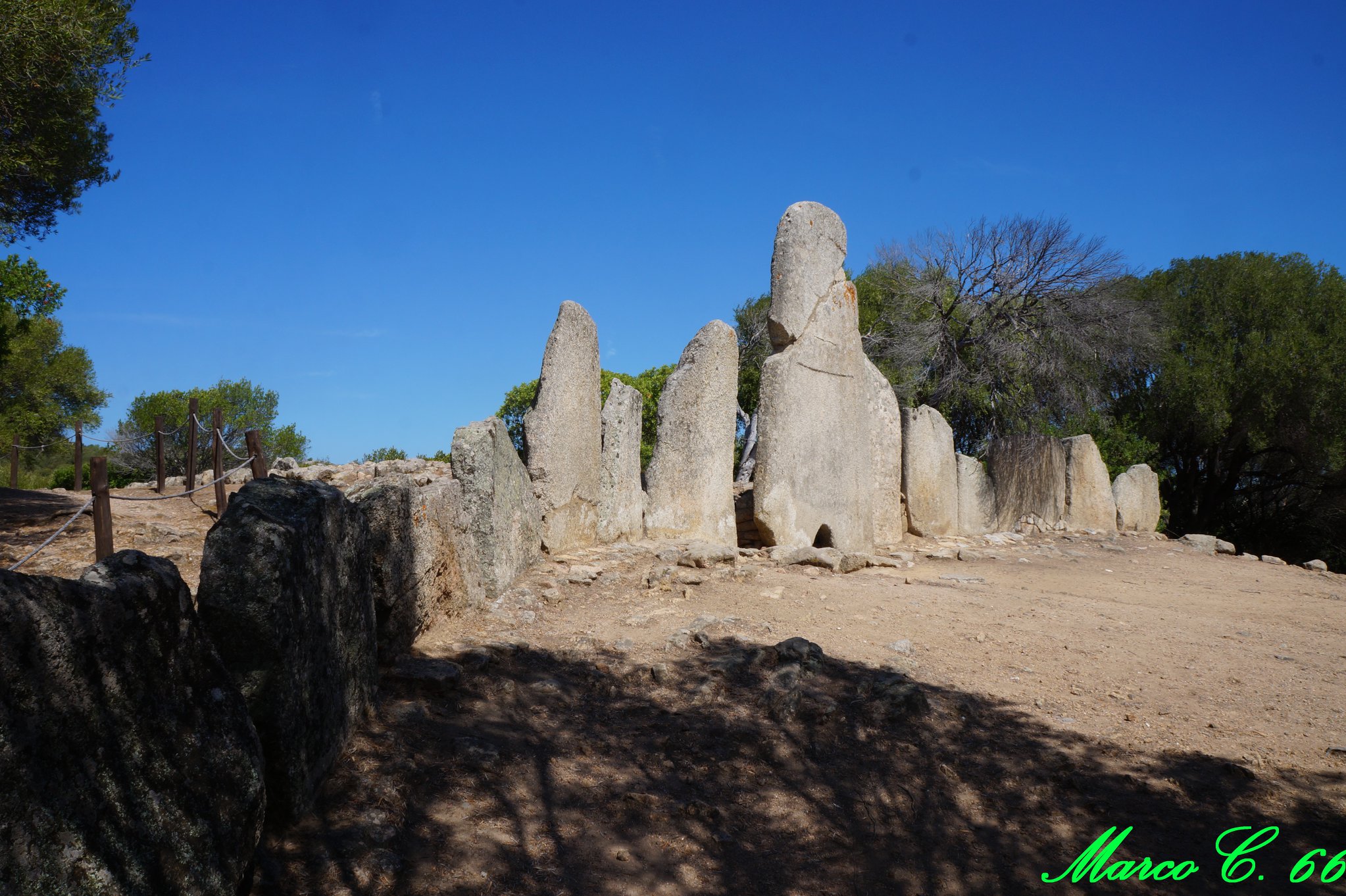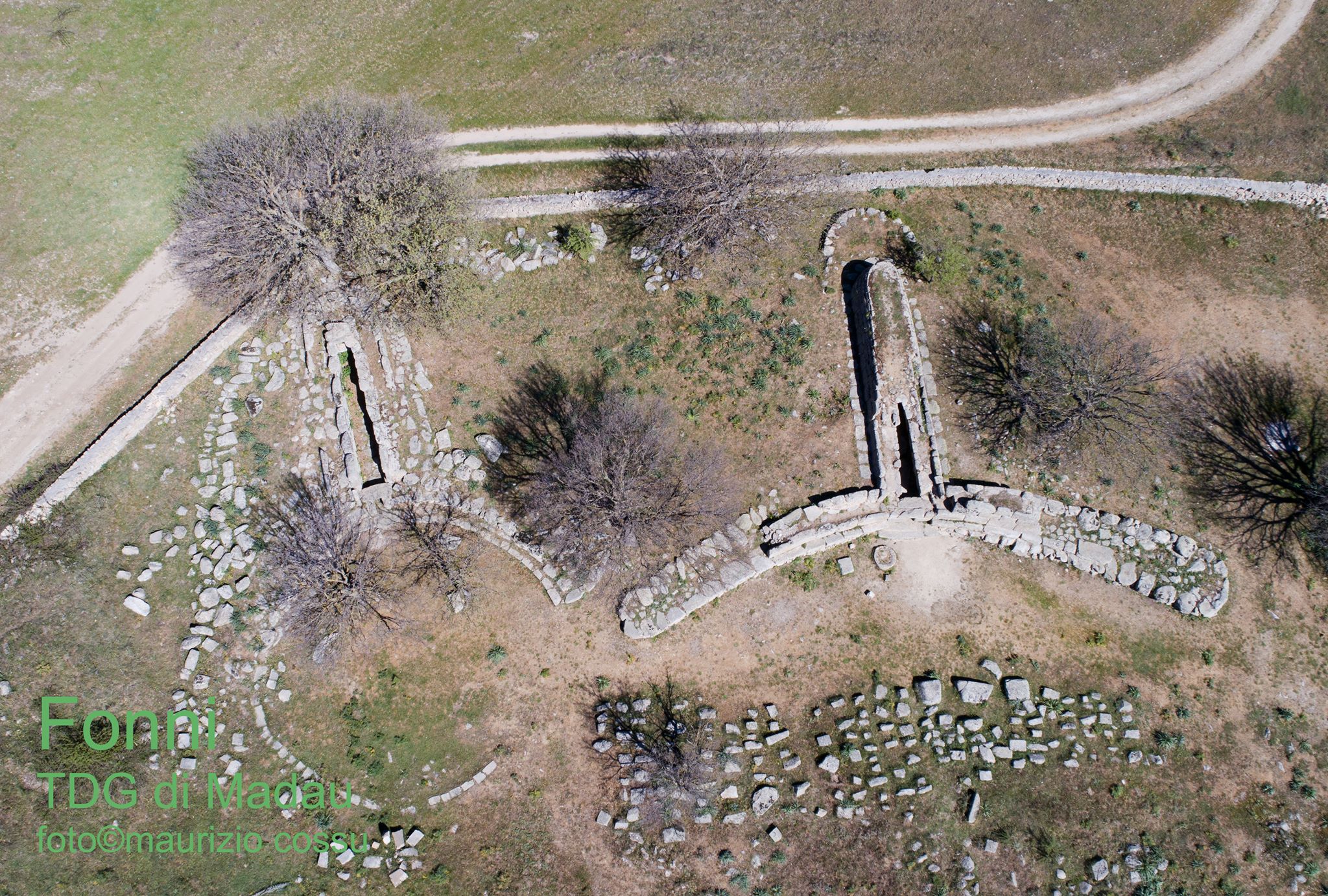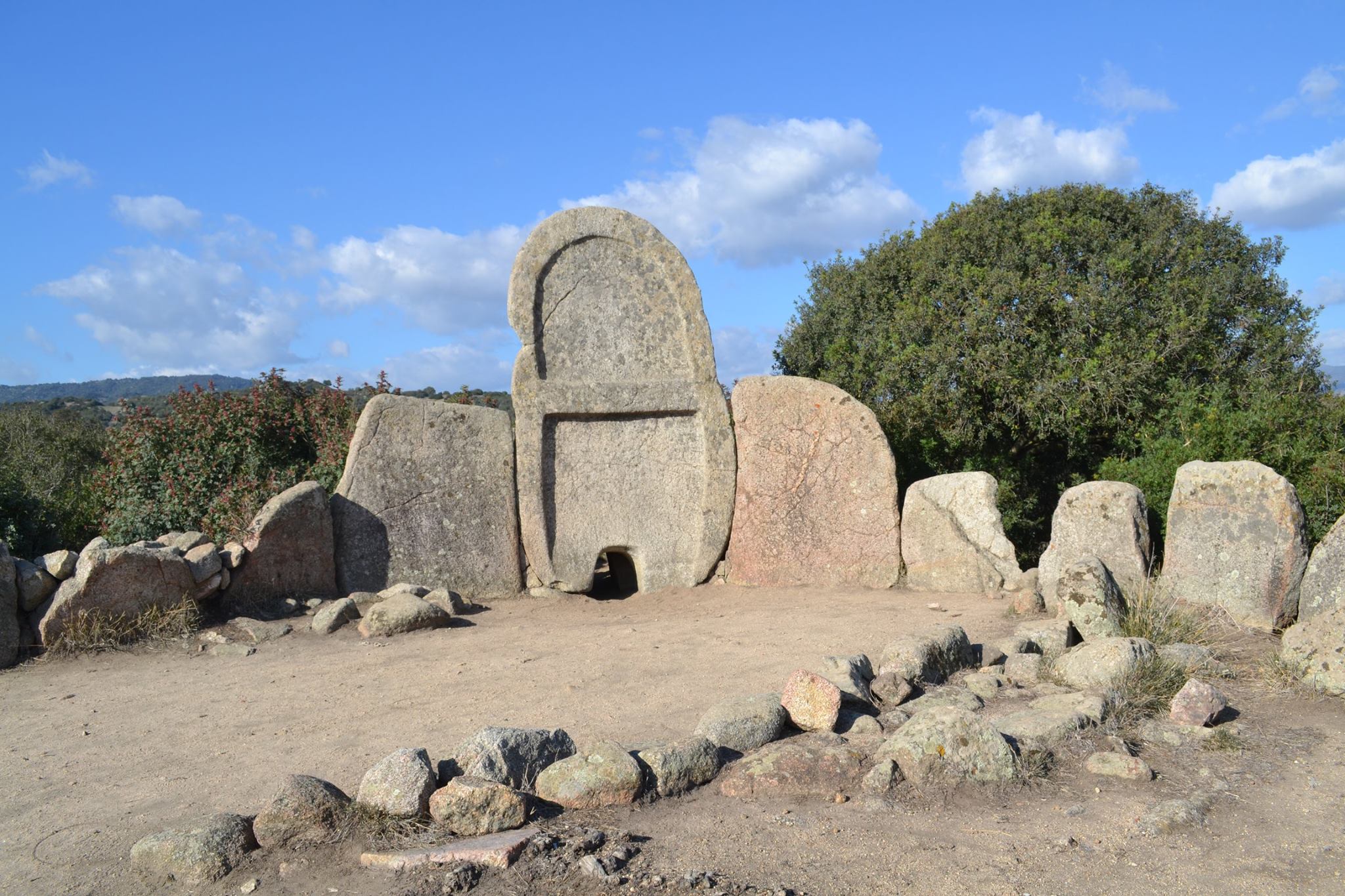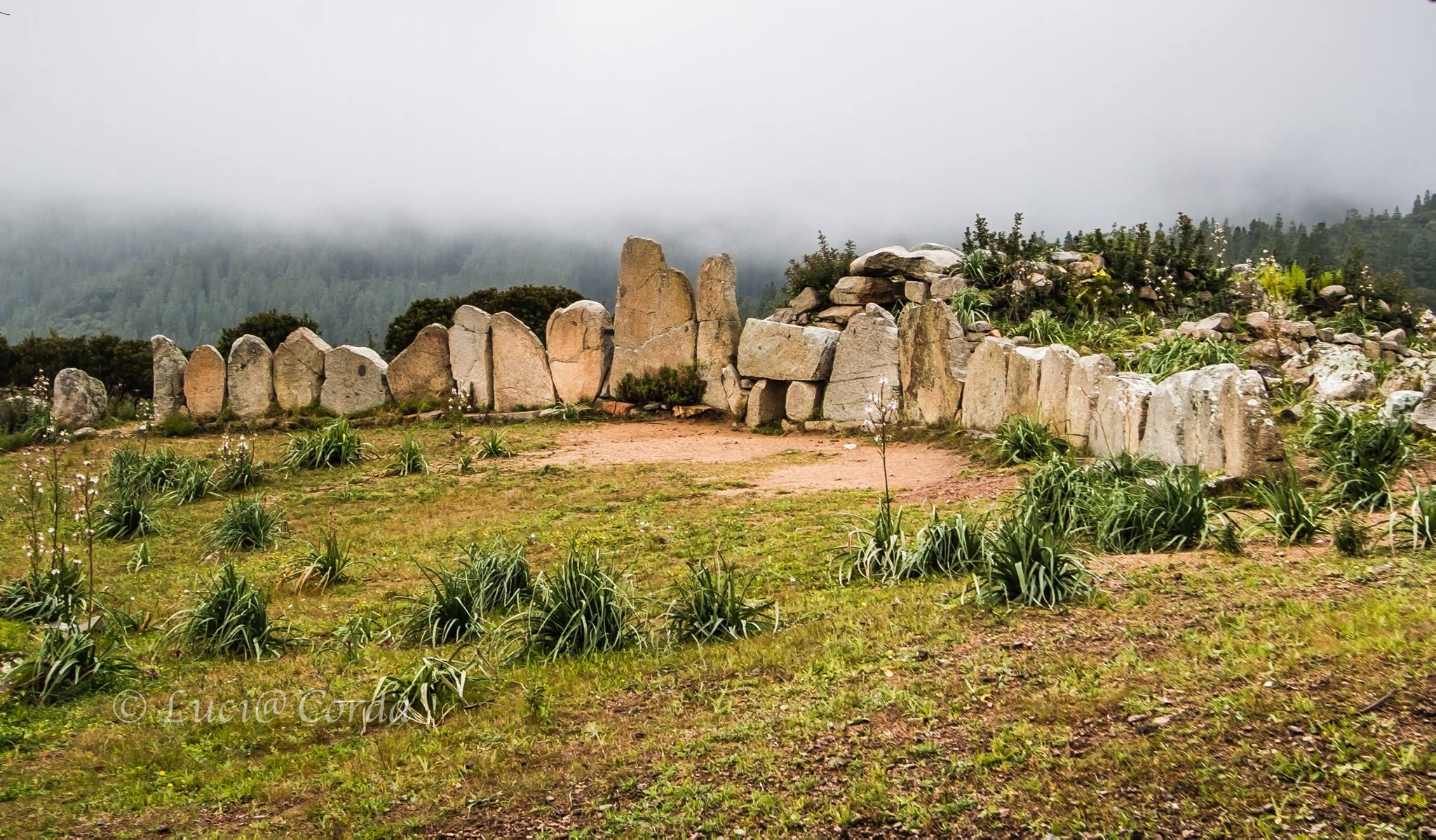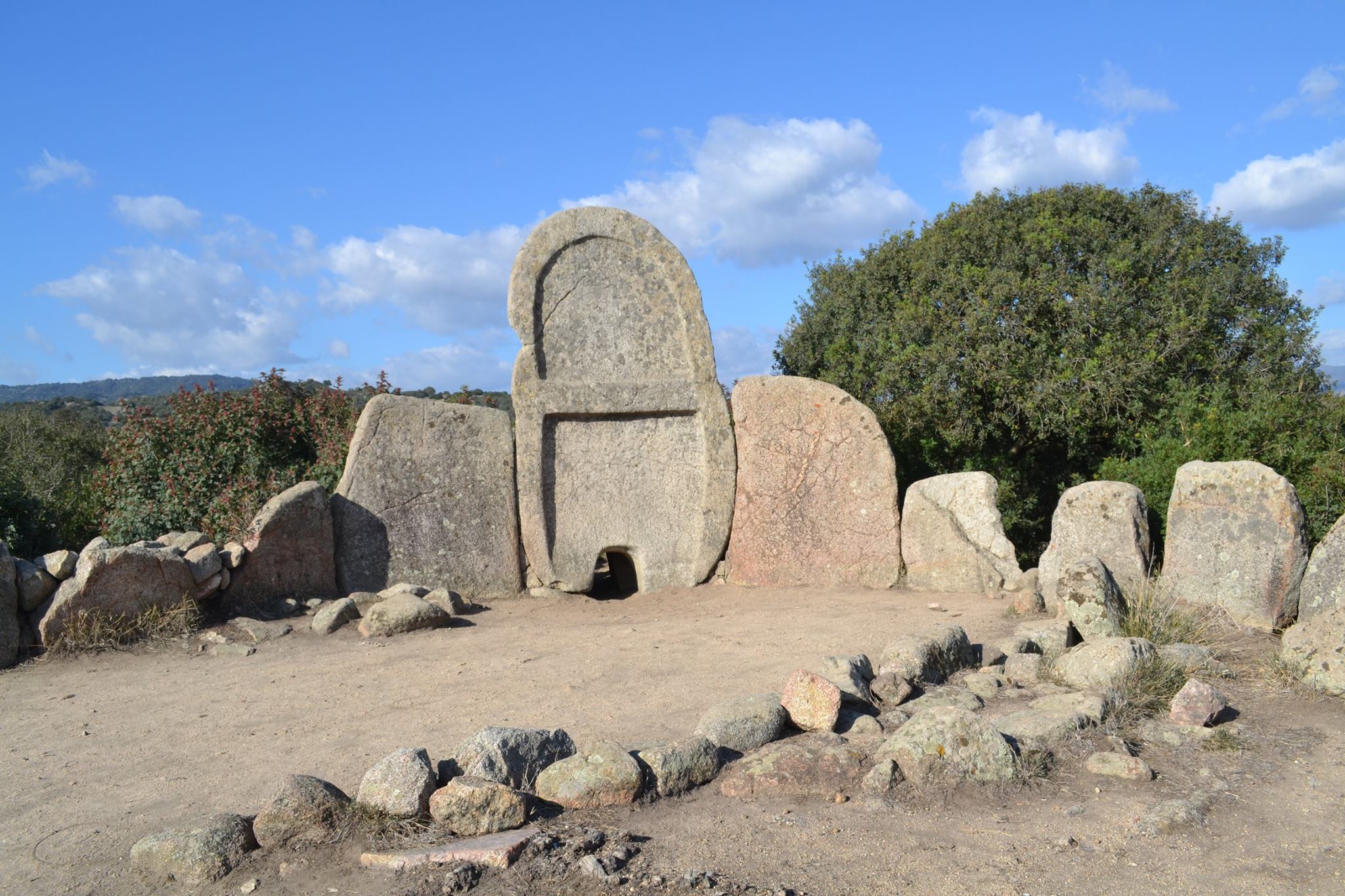The practice of incubation among the ancient Sardinian populations has been addressed by various authors, including the historian of religions Raffaele Pettazzoni (1883-1959), in the chapter dedicated to animism in his book “La religione primitiva in Sardegna.”
Pettazzoni wrote that “the primitive Sardinians certainly had their own myths. But in the absence of any indigenous tradition, whether oral or figurative, every possibility of directly penetrating the proto-Sardinian mythical thought fails, as well as tracing its relics within today’s ‘folklore,’ even assuming that the theory of the degradation of myths into popular legends was legitimate. A faint light comes to us from ancient classical tradition. The legend, according to Aristotle, narrated that in Sardinia there was the custom of sleeping near the heroes, that is, near the dwellings that are their tombs. Simplicio, commenting, likely following the footsteps of Alexander of Aphrodisias, explains that these heroes were the sons of Heracles and the Thespiads, who, guided by Iolao, went to colonize Sardinia; who, after death, would have kept their bodies intact, thus offering a resemblance not of corpses, but of sleepers.
Still regarding the incubatory practice, Dolores Turchi noted in turn that “the corpses were embalmed; but for these heroes to remain whole and uncorrupted, they had to not only be found within temples, a piece of information already provided to us by Tertullian, but also be guarded. Various scholars have hypothesized that these heroes were placed in the tombs of giants and that incubation occurred in the exedra of these…”
In the photos respectively by: Sergio Melis, Diversamente Sardi, Antonello Gregorini, Marco Cocco, Maurizio Cossu, Romano Stangherlin, Lucia Corda, and Francesca Cossu, the Tombe di Giganti of: “Monte de S’Abe” (Olbia); Coddu Ecchju (Arzachena); “San Cosimo” (Gonnosfanadiga); “Li Lolghi” (Arzachena); “Madau” (Fonni); “S’Ena ‘e Thomes” (Dorgali); “Osono” (Triei) and Pascaredda (Calangianus).